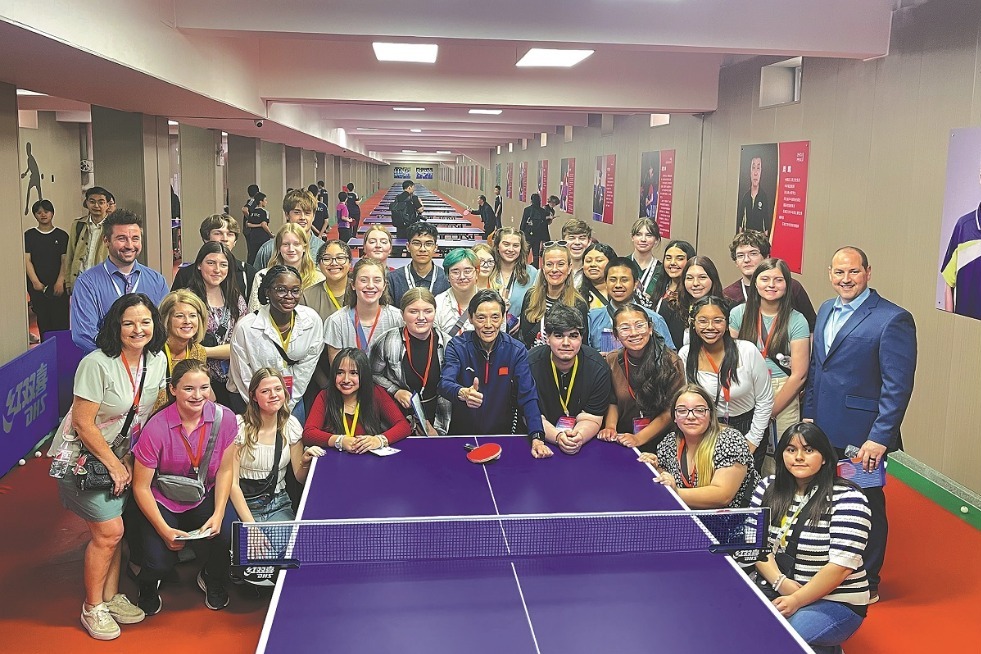Poor patients get half of public cash donations in 2018
By Li Lei | chinadaily.com.cn | Updated: 2021-02-03 14:36

More than half of the cash donations from the Chinese public went to poor patients in 2018, a survey has found, as a growing number of patients have turned to crowdfunding platforms for financial aid.
Health, disaster relief and poverty reduction are the three sectors that garnered the most cash donations that year, said the survey funded by the Bill & Melinda Gates Foundation.
Carried out by researchers including those from Beijing Normal University and Peking University, the research found the shares of cash donations in the three areas accounted for 50.9 percent, 15.4 percent and 11.7 percent, respectively.
The shares have all surpassed that of education-related giving, which ranked fourth and accounted for 10.8 percent of the donations that year, the survey has found.
The findings were published in a book titled Everyday Giving in China, which was released on Wednesday.
The book said the distribution pattern showed Chinese donors are more inclined to aid the weak and the impoverished, and are more focused on people's basic and survival needs.
The findings were based on a sample survey of more than 4,400 donors from six provincial level regions, including wealthier places such as Beijing and Zhejiang province, and the less developed Jiangxi and Gansu provinces.
The respondents are aged between 15 and 69. Half are male and more than 60 percent are from rural regions. More than 97 percent are ethnic Han and about 63 percent married.
While speaking at a virtual book release ceremony, Deng Suo, associate sociology professor at Peking University who oversees the quantitative research in the book, said though the sample size is not that impressive due to limited funding, the findings were sufficiently representative in gender, education and income.
"But we hope to expand the sample size in future studies," he said.
Deng Guosheng, a professor at Tsinghua University focusing on nongovernmental organizations, said some of the findings are unexpected, such as the less prominent role of education-related donations.
"Donations aimed at education sector would be the absolute No 1 in previous estimates and incomplete statistics," he said.
In explaining the differences, Deng said it is partially because the book has given credit to the crowdfunding programs that have gained popularity among financially strapped patients, which is usually regarded as an "informal donation" as opposed to the formal donations raised by charities.
He also noted that Project Hope, a charity program launched in the late 1980s to curb rural school dropout rates, has helped eased difficulties in schooling.






















